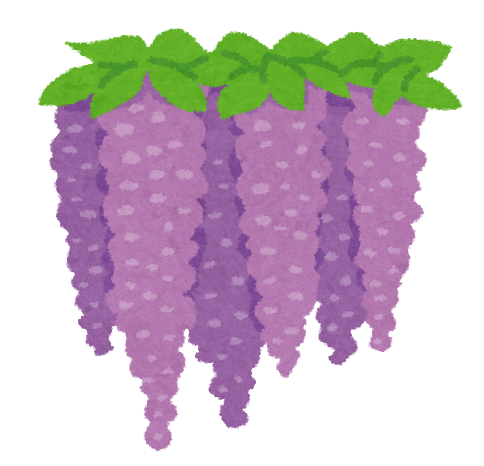Description
The students make pairs. Each pair gets a set of small flashcards, and the teacher picks one card to be the keyword. The cards are shuffled and placed face down. The students take turns in turning over a card and using the vocabulary to practice the target English. The card is then discarded in a separate pile. This continues until the keyword comes up. After saying the target English, the students janken. The winner gets one point for each discarded card (including the keyword card).
The cards are then shuffled and placed face down again, and the students continue. After a few minutes, the round finishes and the student with the most points wins. The teacher then picks a new keyword and the next round starts.
Notes
- Changing pairs between rounds may help keep the game more interesting for the students and will increase opportunities for peer support.
